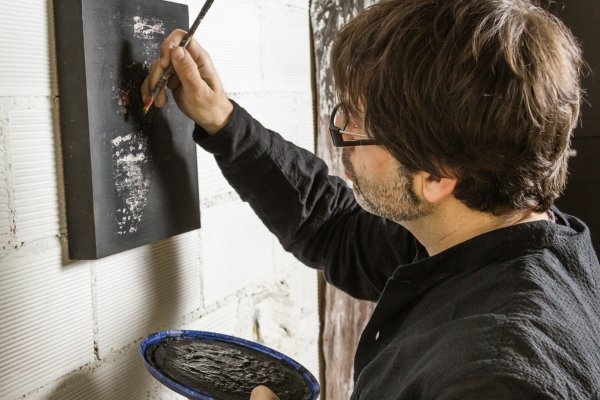Painting your home can be a journey of self-discovery and creative expression. “Color Your World: An Introductory Guide for Home Artists” is designed to help beginners navigate the exciting realm of interior painting. This guide covers everything from developing a creative vision to executing detailed techniques that bring color and life to your living spaces.
Developing Your Creative Vision
Before you start painting, take a moment to reflect on your personal style and the atmosphere you want to create. Ask yourself:
- What emotions do you wish your space to evoke?
- Which rooms need a fresh burst of energy or a calming retreat?
- How can colors influence the mood of each area?
Create a mood board with images, fabric swatches, and color samples. Let your inspiration guide you as you choose a palette that resonates with your personality. Whether you lean toward bold, vibrant hues or prefer soft, subtle tones, your vision will serve as the foundation for your project.
Planning and Budgeting
A well-thought-out plan is essential. Begin by mapping out your project with these steps:
- Measure and Map Your Space: Sketch a rough layout of your room, noting key features such as windows, doors, and focal points. This will help determine the amount of paint and the specific tools you’ll need.
- Color Testing: Purchase small samples of your chosen colors. Paint swatches on your walls and observe them under different lighting conditions. This step is crucial, as natural and artificial lights can dramatically affect the appearance of a color.
- Gathering Materials: Invest in high-quality paints, primers, brushes, rollers, painter’s tape, and drop cloths. Quality supplies make the project easier and contribute to a superior finish.
- Budgeting and Scheduling: Outline a realistic budget and timeline. Allow ample time for each phase of the project, from preparation and painting to clean-up. Rushing through any stage may compromise the final outcome.
Preparing Your Canvas
A professional-looking finish starts with thorough surface preparation:
- Cleaning and Repair: Ensure walls are free of dust, grease, and loose paint. Repair imperfections such as small holes or cracks using spackle or filler, then sand for a smooth, even surface.
- Priming: A high-quality primer is essential, especially when covering dark or unpainted surfaces. Primer not only improves the adhesion of the new paint but also enhances the vibrancy and consistency of the final color.
Choosing the Right Tools and Materials
For an effective project, select quality tools and materials:
- Brushes and Rollers: Use a variety of brushes for detailed work and an appropriate roller based on the wall texture. Fine brushes are perfect for cutting in along edges, while rollers with the right nap length ensure even coverage.
- Painter’s Tape and Drop Cloths: These protect trim, fixtures, and floors from accidental splatters. Apply tape along borders and remove it while the paint is still slightly damp to maintain sharp, clean lines.
- Primer and Sealers: A quality primer is indispensable when transitioning from dark to light colors or when working with new surfaces. It prepares the wall, ensuring the paint adheres well and that the true color shines through.
Techniques to Enhance Your Painting
Embrace various techniques that can transform your space:
- Cutting In: Start by carefully outlining edges, windows, and doorframes with an angled brush. This technique defines boundaries and paves the way for smooth roller application.
- Rolling Methods: Employ the “W” or “M” method when rolling paint on large surfaces. This ensures even distribution and minimizes the appearance of brush or roller marks.
- Layering and Detailing: Apply several thin coats rather than one heavy layer to prevent drips and ensure a uniform finish. Allow each coat to dry completely before applying the next.
- Texture and Effects: Experiment with sponging, rag rolling, or dry brushing to add subtle textures and visual interest. These methods can highlight specific areas and create a dynamic interplay of light and shadow.
Bringing It All Together
Your creative process doesn’t end once the paint is dry. Step back and assess your work:
- Evaluate and Adjust: Walk through your space at different times of the day to see how the colors interact with changing light. Small adjustments, like accenting a feature wall or adding decorative details, can significantly enhance the overall effect.
- Maintenance and Longevity: To keep your painted surfaces looking fresh, ensure regular cleaning and address any chips or marks promptly. Quality paint and proper application techniques contribute to long-term durability.
Conclusion
“Color Your World: An Introductory Guide for Home Artists” is your starting point for a creative journey that transforms your home into a personalized masterpiece. By investing time in planning, preparing your surfaces, and learning basic yet effective techniques, you can achieve a finish that is both professional and a true reflection of your artistic vision. Every brushstroke is a step toward expressing your individuality—embrace the process, learn from each project, and watch your living space evolve into a canvas of creativity.


